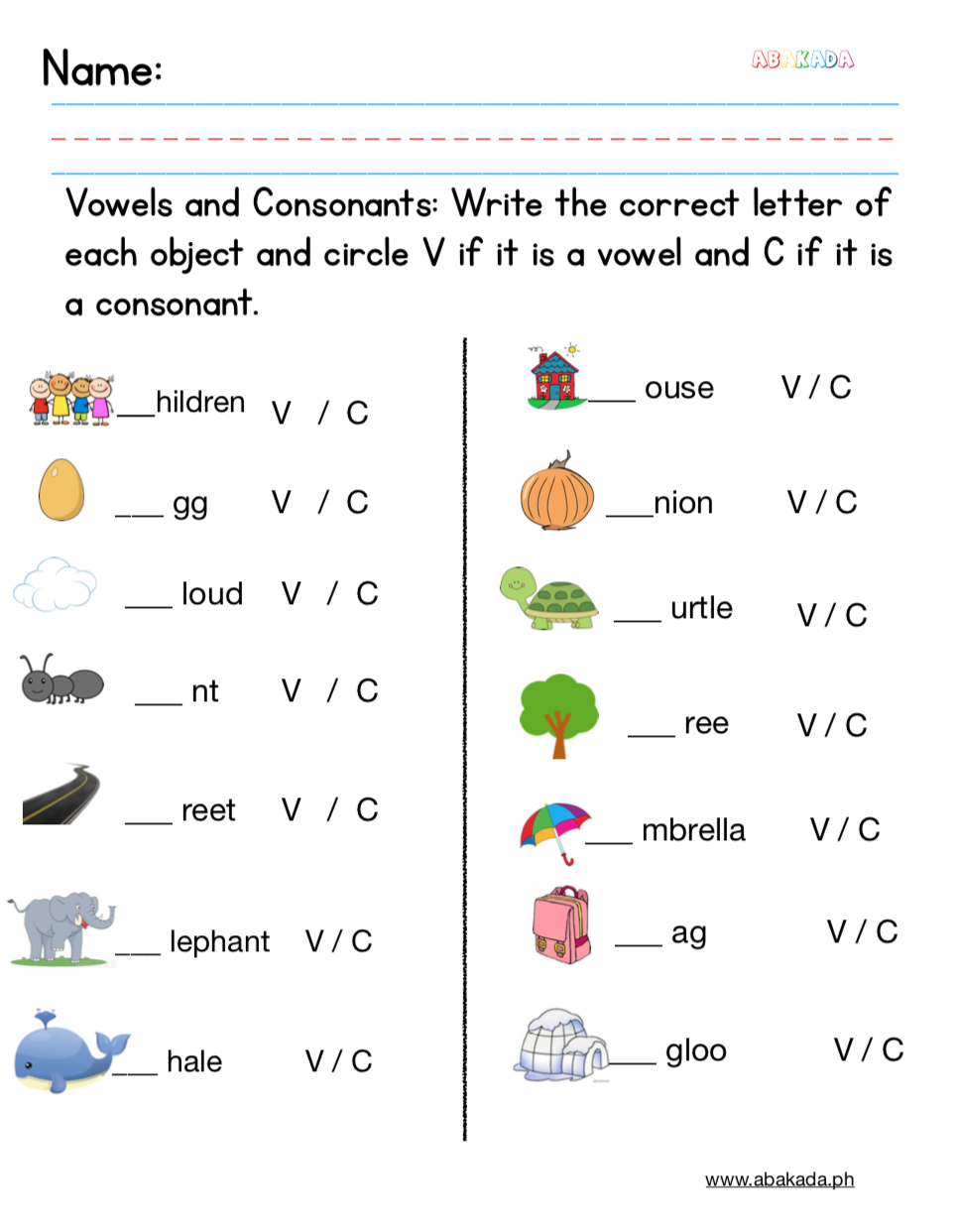

This is why the IPA, or the International Phonetic Alphabet, exists. In terms of phonetics, vowels and consonants, and their intonations and modalities matter. This is, in fact, true for many of the world’s languages. The concepts behind vowels and consonants are important as the number of sounds of speech in English exceeds the number of letters in the alphabet. Consonantsī, C, D, F, G, J, K, L, M, N, P, Q, S, T, V, X, Z and often H, R, W, Y. In a similar way, “t” and “d” are said using the frontal part of the tongue. The lips are largely involved in their pronunciation. Consequently, all the letters that consonants represent in the alphabet are the ones that are not represented by vowels.įor instance, “p” and “b” are consonants. While on the subject of vowels and consonants, both parts of phonetics and articulation, it is important to define the consonant.Ī consonant is a sound of speech that is typically articulated with partial or complete closure with regard to the vocal tract. The written symbols, in terms of representation by letters of the alphabet, are a, e, i, o, u, and at times, y. When voicing vowels, close attention is paid to the variations of stress, tonality, and intonation. Vowels comprise one of the two main categories of sounds of speech, the other being consonants. Vowels may range in loudness and quality. The sound of any given vowel is pronounced or made without any constriction of the vocal cords while speaking. The simplest definition of a vowel is that it is a sound of speech, syllabic in nature.


 0 kommentar(er)
0 kommentar(er)
